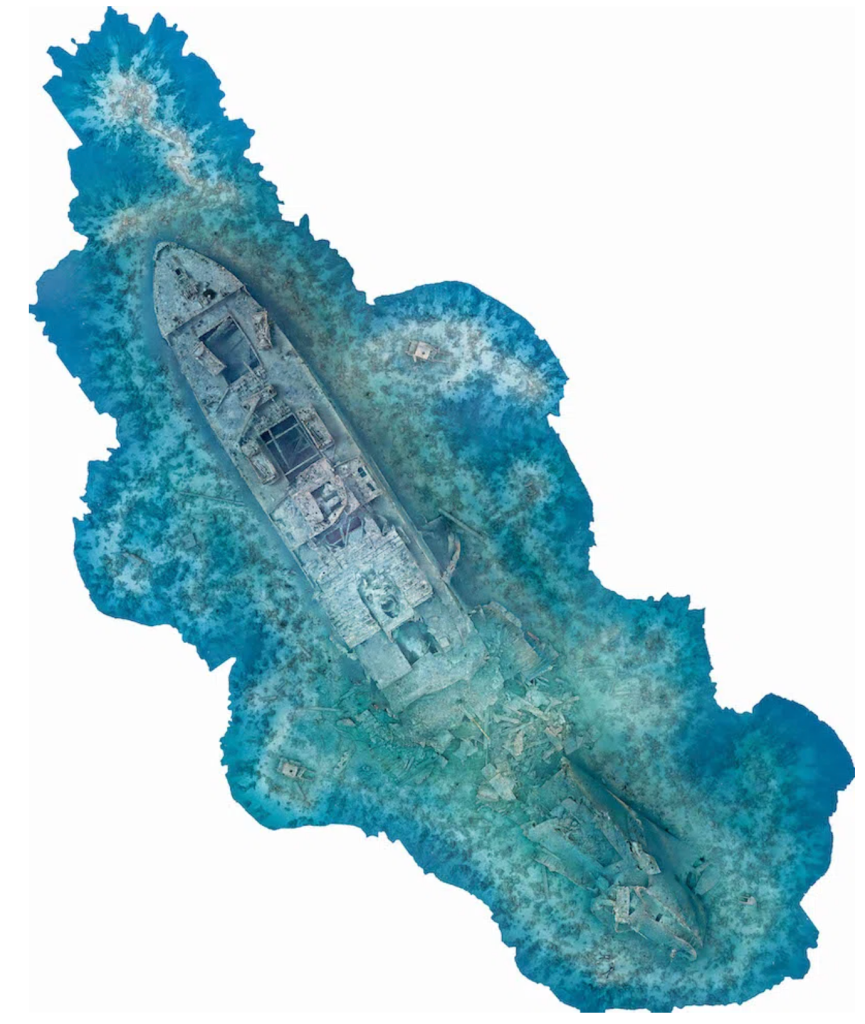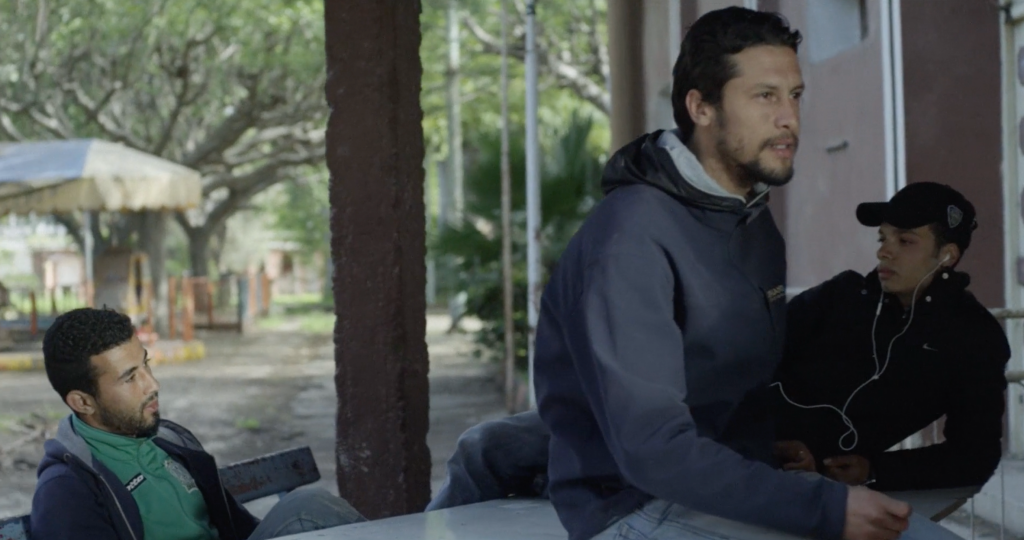Mixing Things Up
Photography is a discipline that originates from scientific origins, serving a purpose to inform the viewer on an educational level. While this is still often the case, the way that photographs are presented alters the meaning and the intended response. Whether the purpose is to educate, inform or entertain, there is a crossover between disciplines that enhances the value of a photograph. Simon Brown is a British photographer that uses photogrammetry comprised of 15,005 frames to create an image of a navy ship sunk in 1941. The piece was awarded the General Science prize by the The Royal Photographic Society this year.
Simon Brown: Orthophoto of SS Thistlegorm (Copyright © The Royal Photographic Society and the artist, 2021)

Perspective from Every Angle
French – Moroccan director Randa Maroufi uses both moving and fixed content to create a semi-frozen frame that includes many angles of view to explore perspective and point of view, quite literally in her work ‘Le Park’, showcased in an interview with WePresent. The camera pans around frozen subjects to draw the viewer in and create a sense of perspective. There is something remarkable about the idea of capturing as much as possible, as the human brain does this on a daily basis to make sense of the world around us. In Le Park, the aim is to demonstrate that a singular image is part of a more complex picture.
https://wepresent.wetransfer.com/story/randa-maroufi/

The notion of capturing a variety of angles, expands on the notion that a frozen image depicts one part of a sequence or event. Peter Wollen explores this idea in his chapter of Photography at the cinema, Fire and Ice, when referring to cinema and the act of capturing the ‘process’, ‘event’ and ‘state’ that takes place during a captured moment of time. The idea that a single image cannot capture all of these elements is interesting, as it provides an opportunity to use interdisciplinary practice as a way to do so.
“The lover of photography is fascinated by both the instant and by the past. The moment captured in the image is of near zero duration and located in an ever-receding ‘then’. At the same time, the Spectator’s ‘now’, the moment of looking at the image has no fixed duration”.
Word Up
In my own commercial design work, photography is often used to support or lead a message depending on the information that is being presented. I often collaborate with photographers, curate imagery or art direct shoots to enhance a particular message. I’ve always enjoyed sharing perspective and how an image interacts with type on a page. In a spread for Powerhouse magazine, I selected the image below by Killian O’Sullivan to demonstrate scale in conjunction with the use of type. Although typography is not the focal point of my photographic practice, I think that the way that imagery is presented can create new meaning and an interesting dynamic between the viewer and subject matter.

